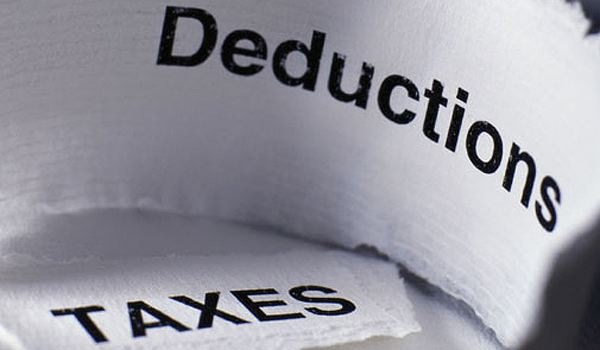Income Tax
Time to Rethink 2016 Tax Planning Strategies and Itemized Deductions
Oct. 16, 2015

(This is part of our series of “sweet 16” year-end tax planning ideas.)
The conventional year-end tax wisdom is to push deductible expenses into the current year to offset the tax bill you’ll be paying come April, especially if you expect to be in the same or a higher tax bracket each year. The old motto is, “ Worry about this year’s taxes this year and next year’s taxes next year.”
Barring any drastic changes from Congress, this tried-and-true strategy still makes sense in 2015. But a slight wrinkle in the federal tax law may give some upper-income taxpayers reason to pause. They might back off if their itemized deductions will be reduced under the “Pease rule.”
Here’s the lay of the land: In the usual situation, you can use the full amount of all your itemized deductions to offset the taxable income on your tax return, thereby lowering your overall tax liability. However, under the recently reinstated Pease rule (named after the Ohio congressman who initially sponsored this provision), most itemized deductions are reduced by 3% of the amount exceeding an annual dollar threshold. The thresholds for 2015 are $258,250 of AGI for single filers and $309,900 for joint filers.
For instance, suppose a joint filer has AGI of $458,200 with $50,000 of itemized deductions covered by the Pease rule. The couple’s itemized deductions are thus reduced by $6,000 (3% of the $200,000 excess AGI), so they can deduct only $44,000, instead of $50,000. Note that the 80% limit comes into play for just the super-rich.
Generally, the Pease rule applies to those itemized deductions not affected by some other built-in tax return limit or floor, including several big-ticket items like deductions for charitable contributions, state and local tax deductions and mortgage interest. Conversely, the limit doesn’t apply to medical and dental expenses, investment interest expenses and casualty and theft losses. Key exception: Although a 2%-of-AGI floor applies to miscellaneous expenses, this deduction is still subject to the Pease rule.
Due to the Pease rule, you may want to rethink your tax planning strategies at the end of the year. Say that a client is contemplating a large gift of appreciated property to a qualified charity. If the deduction will be reduced by the Pease rule, the client might decide to postpone the gift until next year, especially if he or she won’t be affected by the Pease rule in 2016.
Similarly, a late increase in AGI at the end of the year – perhaps, a large gain from a securities transaction — may have an adverse tax impact on itemized deductions. If a client has already made substantial charitable gifts in 2014, he or she could postpone taxable income items to keep AGI at a manageable level. As an example, the client might defer a year-end bonus to 2016, when possible.
Reminder: The Pease rule is a year-end consideration for the upper crust of taxpayers. For everyone else, it’s full steam ahead, unless other circumstances dictate so.
